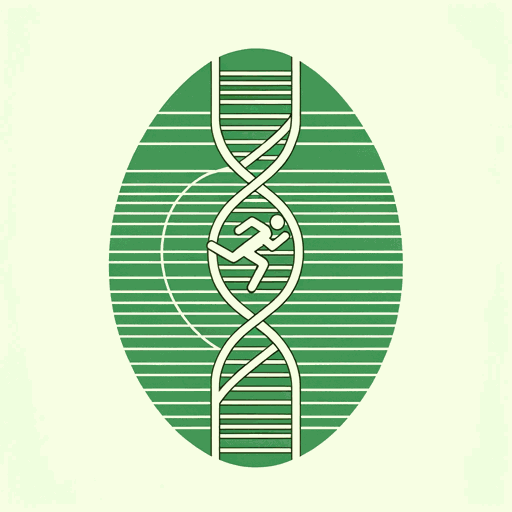50 pages • 1 hour read
David EpsteinThe Sports Gene: Inside the Science of Extraordinary Athletic Performance
Nonfiction | Book | Adult | Published in 2013A modern alternative to SparkNotes and CliffsNotes, SuperSummary offers high-quality Study Guides with detailed chapter summaries and analysis of major themes, characters, and more.
Chapters 7-9Chapter Summaries & Analyses
Chapter 7 Summary: “The Big Bang of Body Types”
In the late 1800s, athropometrists—“researchers of the science of body types” (115)—concluded that there was an ideal body type for a white man, and “they asserted that the best athletes would have the most well-rounded, or average, physical builds” (116). This claim influenced the world of sports so much as to be true: Male athletes across different disciplines shared a similar body type.
By the mid-1990s, however, “the singular, perfect athletic body faded in favor of more rare and highly specialized bodies” in what researchers termed the “Big Bang of body types” (116). Epstein argues that this explosive change was, in part, in response to the growth in audience demand for elite athletes in a modern sports “‘winner-take-all’ market” (114), adding that as the “rewards have increased and become concentrated at the top level, the performers who win them have gotten faster, stronger, and more skilled” (114).
Epstein then launches into a litany of sports and the body types most often found in elite levels of that sport, saying “the world of pro sports has become a laboratory experiment for extreme self-sorting, or artificial selection” (117). From elite water polo players with long forearms to weightlifters with short arms, there are countless examples of the changing averages of body sizes in each sport, thanks to specialization.
Related Titles
By David Epstein


